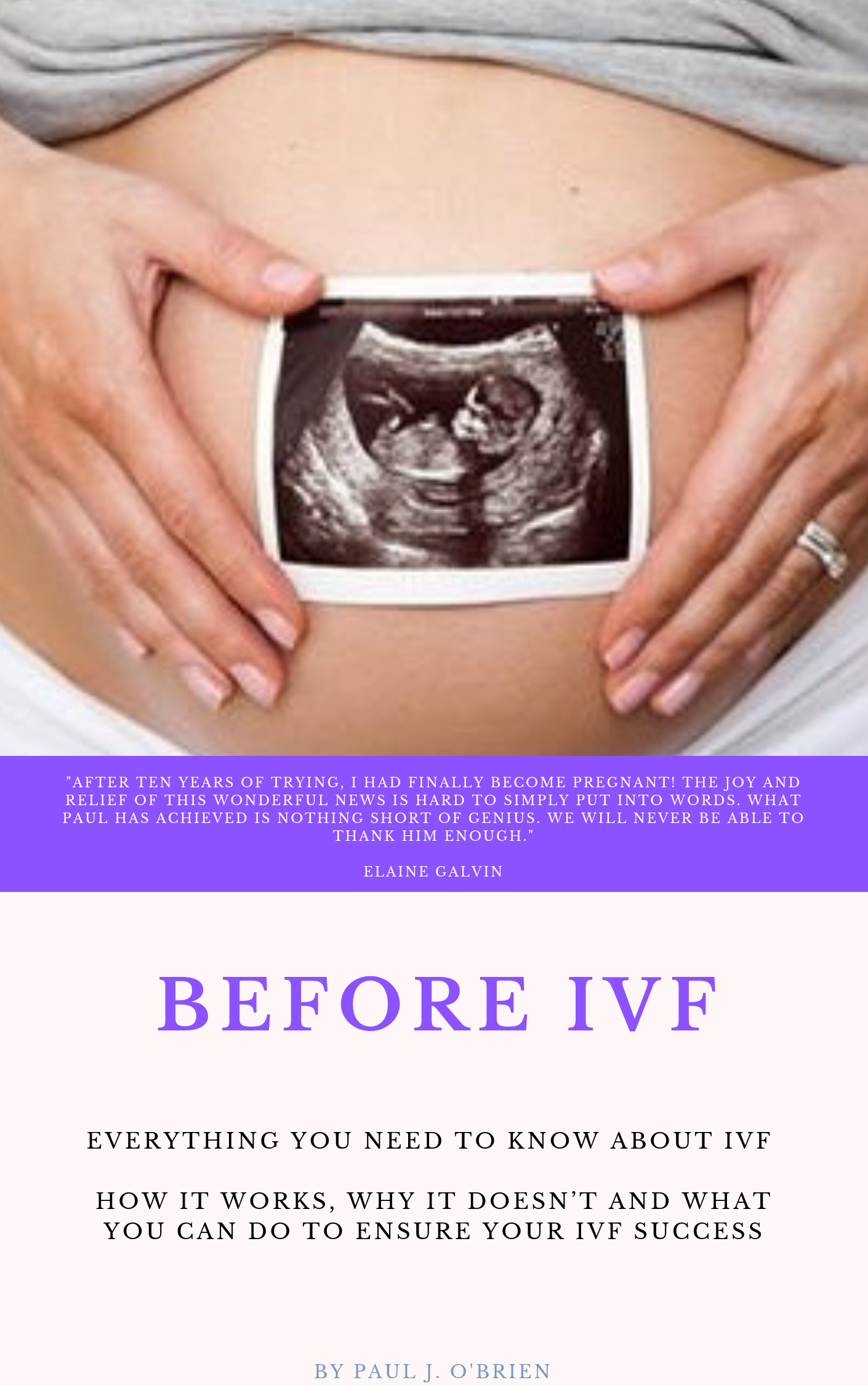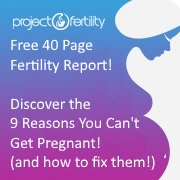What is Endometriosis
The different types of Endometriosis explained
By Paul J.O'Brien B.A., N.C.E.H.S., Dip. Acu., Adv. Dip. OBB, Cert Clin. Med, Cert.CHM, Pn1, PN-SSR, PN-NCA, M.AFPA, M.ETCMA, M.C.Th.A.
What is Endometriosis?
An estimated 89 million women suffer from endometriosis, but most often the condition is never discovered as the symptoms are shrugged off as the usual premenstrual syndrome. Though it appears to hit women over 30, it may also affect girls before they even start menstruating.
Endometriosis is a disorder in which bits of tissue from the inner lining of the uterus (the endometrium) grow inside a woman's body, but outside of the uterus. The uterus is a hollow organ within a woman's abdomen where a fertilized egg is implanted and develops into a baby normally over a period of nine months. The endometrium is the lining of the uterus that separates the myometrium from the uterine cavity.
During a woman's menstrual cycle, the uterus sheds off the endometrial lining in the form of a thick, glandular, blood vessel-filled tissue in response to the body's hormone production. Endometriosis may seem similar to a regular menstrual cycle in the sense that the endometrial lining is still sloughed off. However, in the case of endometriosis, not all of it is excreted. Instead, some of it gets misplaced and transported to other organs in the pelvic cavity. It may attach itself to the bowel, bladder or small intestines among other organs, causing infection, scarring, and worse - infertility.
There are different types and levels of endometriosis too, and these are categorised based on diagnosis.
What is Endometriosis - The diagnosis...
Endometriosis diagnosis is usually made through physical examination. Occasionally, during a recto-vaginal exam, the doctor can feel nodules or endometrial implants behind the uterus and along the ligaments that are attached to the pelvic wall. At other times, no nodules are felt, but the examination itself causes unusual pain or discomfort.
A doctor may also suspect endometriosis from a woman's symptoms or from a pelvic exam.
A Laparoscopy is a short surgical procedure performed through a very tiny incision in the abdomen. A laparoscope, a pencil-thin instrument, is inserted into the incision which gives the physician a clear view of the inside of the abdominal cavity on a television monitor.
At this stage we can learn about the severity of the endometriosis and also, how it is presenting.
What is Endometriosis - The Different Types
 Severe Endometriosis can cause extreme discomfort and pain
Severe Endometriosis can cause extreme discomfort and painThere are three types and each behaves a little differently:
- Brown or Pigmented Endometriosis presents as small dark spots inside the pelvic region. This is caused by blood that has been trapped during the period and has nowhere to exit, so dries up a turn's brown in colour creating this distinct pigment pattern. It also causes pain as the tissue and blood tries to exit the body unsuccessfully.
- Chocolate Cyst Endometriosis is named after dark brown masses and cysts that grow on the ovaries. These cysts are made from endometrial tissue that has grown on the ovaries and filled with blood and bubbled into thick, dark brown chunks, similar to the colour of chocolate.
- Non-pigmented endometriosis is characterised by pale pink or white lesions (wounds or tears) on various parts of the pelvic cavity. These lesions haven't turned brown yet, because there isn't enough blood present yet to do so. However, they are a problem for fertility as they secret other substances that inhibit and prevent pregnancy.
In addition to these three presentations there is also a question of depth.
- Superficial: This type of endometriosis presents on the surface of the membrane but seems more related to cases of infertility.
- Deep: This form of endometriosis penetrates deeper into the membrane and underlying tissue, sometimes by several millimetres and is often the source of pain.
What is Endometriosis - The 4 Stages
All of this combines into a 4 stage classification system developed by the ASRM (American Society of Reproductive Medicine) that assesses the type of endometriosis in combination with its location to determine its severity. The ranking goes as follows:
- Stage 1: Minimal
- Stage 2: Mild
- Stage 3: Moderate
- Stage 4: Severe
Minimal and mild endometriosis present as superficial mild, non-pigmented lesions. A more moderate and severe ranking would be assigned to an increase in endometrial tissue outside of the uterus with severe pigmented lesions or chocolate cysts.
Often times a gynaecologist will insist on biopsy (taking and testing an example of the possible endometriosis) before confirming a diagnosis. However, this is by no means definitive in nature as it is subjective and often misinterpreted. Partially this is due to missing non-pigmented endometriosis and partially to do with the fact that lesions and symptoms look similar to other diseases such as pelvic inflammatory disorder, ovarian tumours, irritable bowel syndrome etc.
Now that we know what is Endometriosis...that it can be superficial or deep, and present with a variety of lesions and cysts. But how does all happen? That's what I'll answer in the next article...The Causes of Endometriosis - Click Here!
Your Next Best Step to Eliminate Endometriosis...
If you want to go to the next level of detail and look at in-depth self-treatment, you should check out Before IVF: Everything You Need to Know ABout IVF. How it works, why it doesn't and what you can do to ensure your IVF Success. Written from a holistic viewpoint I go into greater detail about what causes Endometriosis, how to prevent, diagnose the different types and understand your body and your health. More than that I'll walk you through, step by step on how to diagnose the exact type of endometriosis you have, how it will affect your fertility - but, most importantly, what to about it! Packed with pressure point exercises, self massage techniques, foods, recipe guides and more, this is the best way to avoid IVF and get pregnant with Endometriosis, naturally.
If you’re trying for a family or dealing with Endometriosis and want to eliminate those symptoms and give each cycle your best the best possible shot of success and dramatically improve your fertility and reproductive health, to have a happy healthy baby, then …
- Download my Free "9 Reasons You Can't Get Pregnant" Guide to learn more about what complications may be present and what you can do to fix them! (I cover Endometriosis here!)
- Subscribe to my newsletter to keep up to date with the new articles, how to guides, fertility recipes and more.
- Get Your Copy of "Before IVF: How it works, why it doesn’t and what you can do to Ensure Your IVF Success!". Over 430 pages, this guide provides answers to every question you could ask about fertility and how to maximise your reproductive health. It will help you beat the numbers in IVF and better still may help you conceive without ever having to go through IVF! Including how to get pregnant with Endometriosis!
- Contact me with your particular questions and concerns and I'll do my best to help. :-)



New! Comments
Have your say about what you just read! Leave me a comment in the box below.